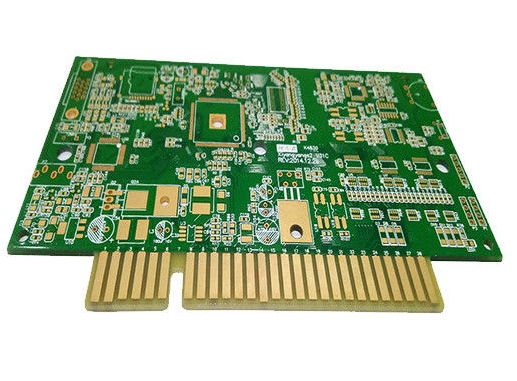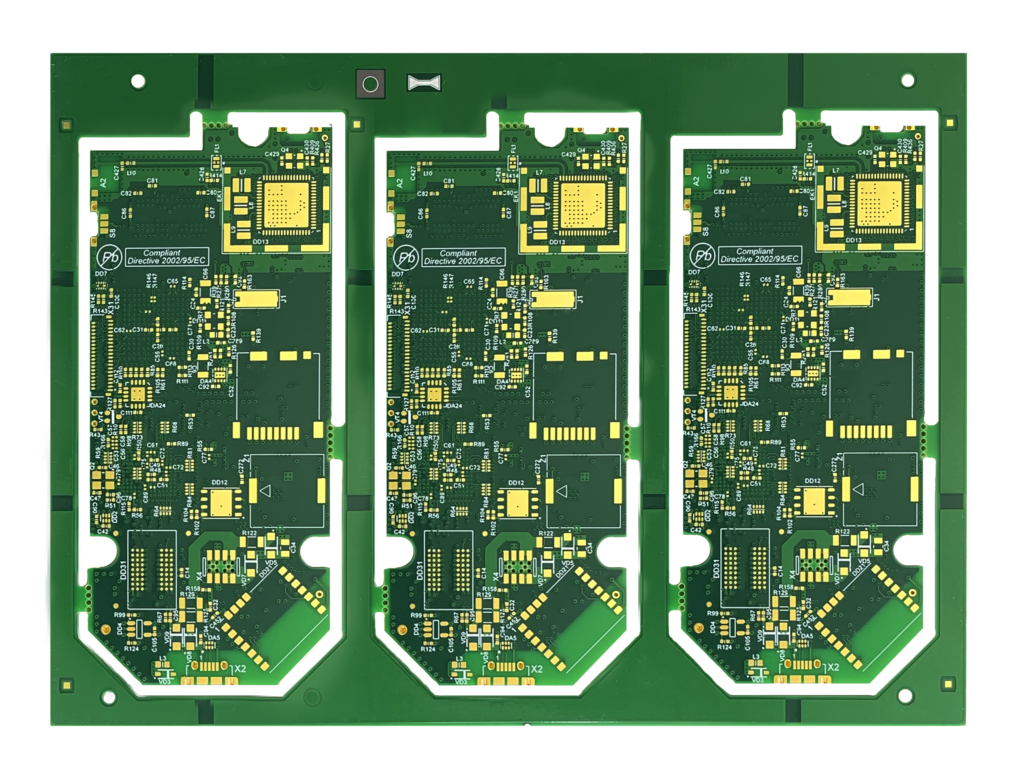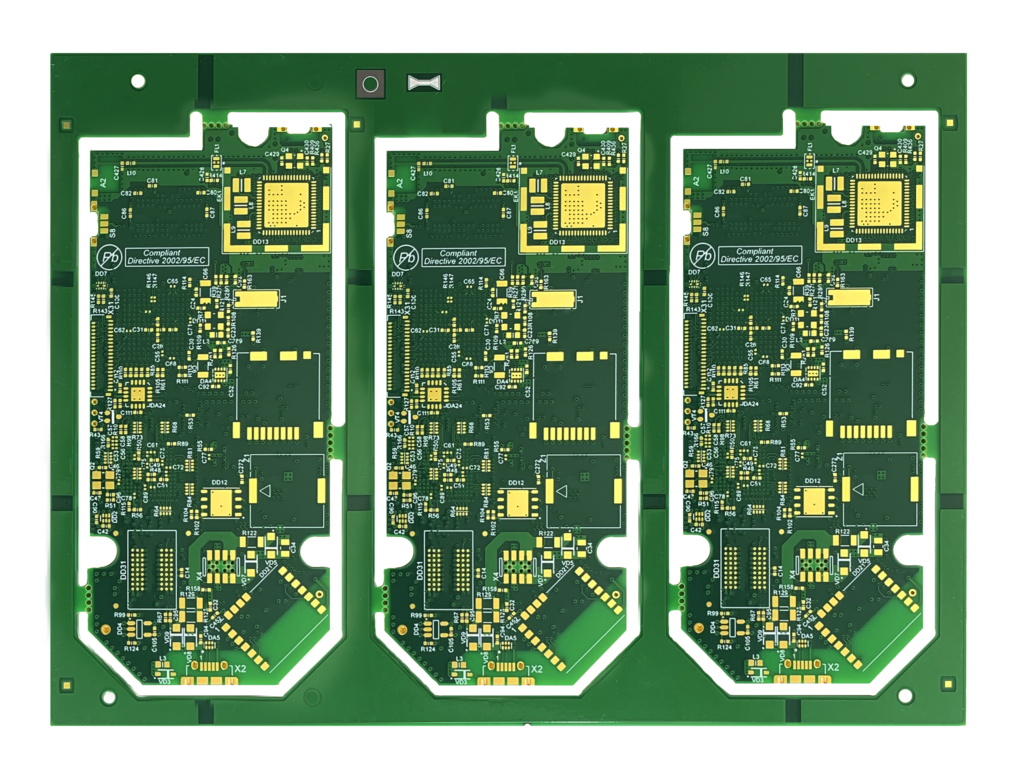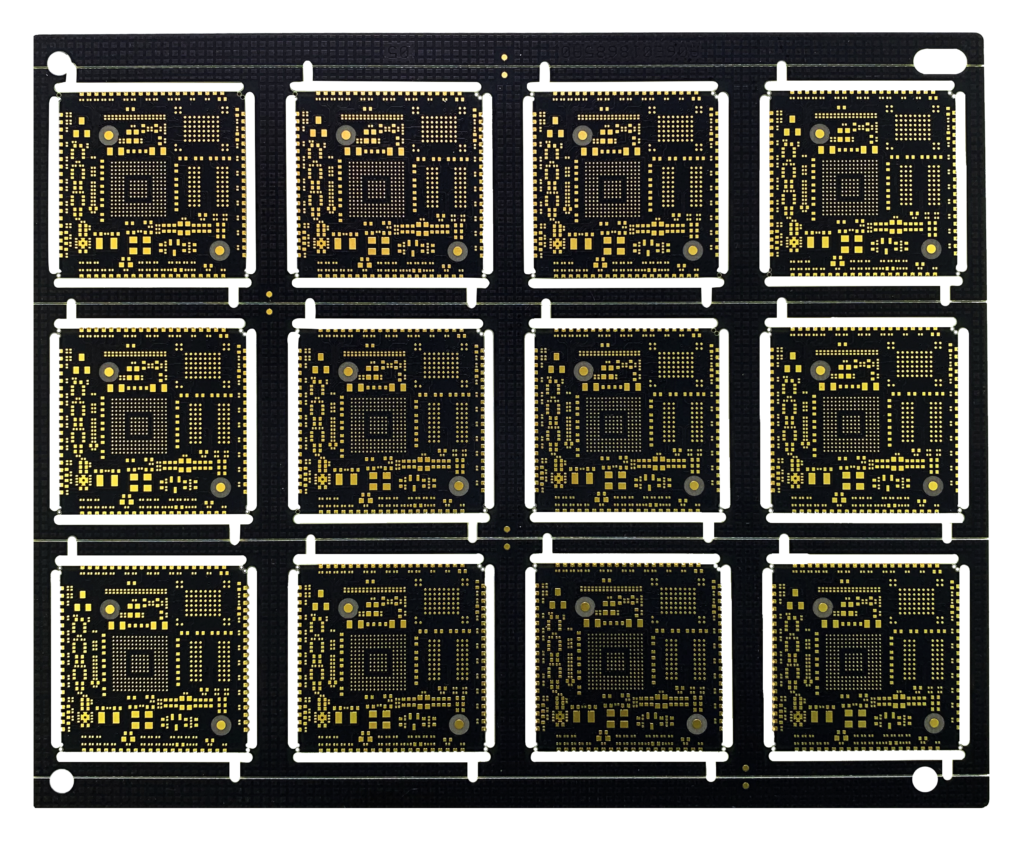In today’s rapidly evolving electronics world, as the demand for advanced and miniaturized electronic products grows, the custom multi-layer PCB is also increasing. Custom multi-layer PCBs offer a variety of benefits, including improved performance, greater cost-effectiveness, and the ability to meet specific design requirements for different applications. Custom multilayer designs enable engineers and manufacturers to achieve the […]
Designing multi-layer PCB for fast signal switching is critical to modern electronics, ensuring that devices operate efficiently and reliably. As technology advances, the demand for high-speed data transmission and low-latency performance continues to grow. A multi-layer PCB is essential to meeting these requirements, providing the structure and design to handle high-speed signals effectively. This article […]
In the automotive manufacturing industry, circuit boards, and control systems ensure vehicle safety, efficiency, and performance, among other things. Multi-layer PCB is at the heart of these electronic systems, powering everything from the car’s infotainment system to ADAS. Given the harsh operating conditions in automotive applications, reliability standards for multi-layer PCBs are critical. This guide […]
As life improves and the technology of electronic products around us also advances, everyone will pursue higher-performance electronic equipment, followed by the demand for more complex and more adaptable PCBs. Among them, multi-layer PCB have the ability and function to adapt to complex designs. This category has three main types: rigid, flexible, and rigid-flex multilayer […]
Multi layer PCBs have always been the most widely used in electronic design and manufacturing, and they have promoted the development of many sophisticated electronic devices. As technology advances, new trends and innovations reshape multi layer PCB design and manufacturing. This technical guide will dive deeply into the latest trends and technologies in multi layer […]
Multi-layer PCB is also one of our circuit designs. It is more like a combination of single-layer and double-layer PCB. We can see it in some application circuit boards that require extremely high precision and conditions. Therefore, we will provide relevant information, advantages, and characteristics below. Understand the structure of multi-layer PCB Multi-layer PCBs have […]


.jpg)



